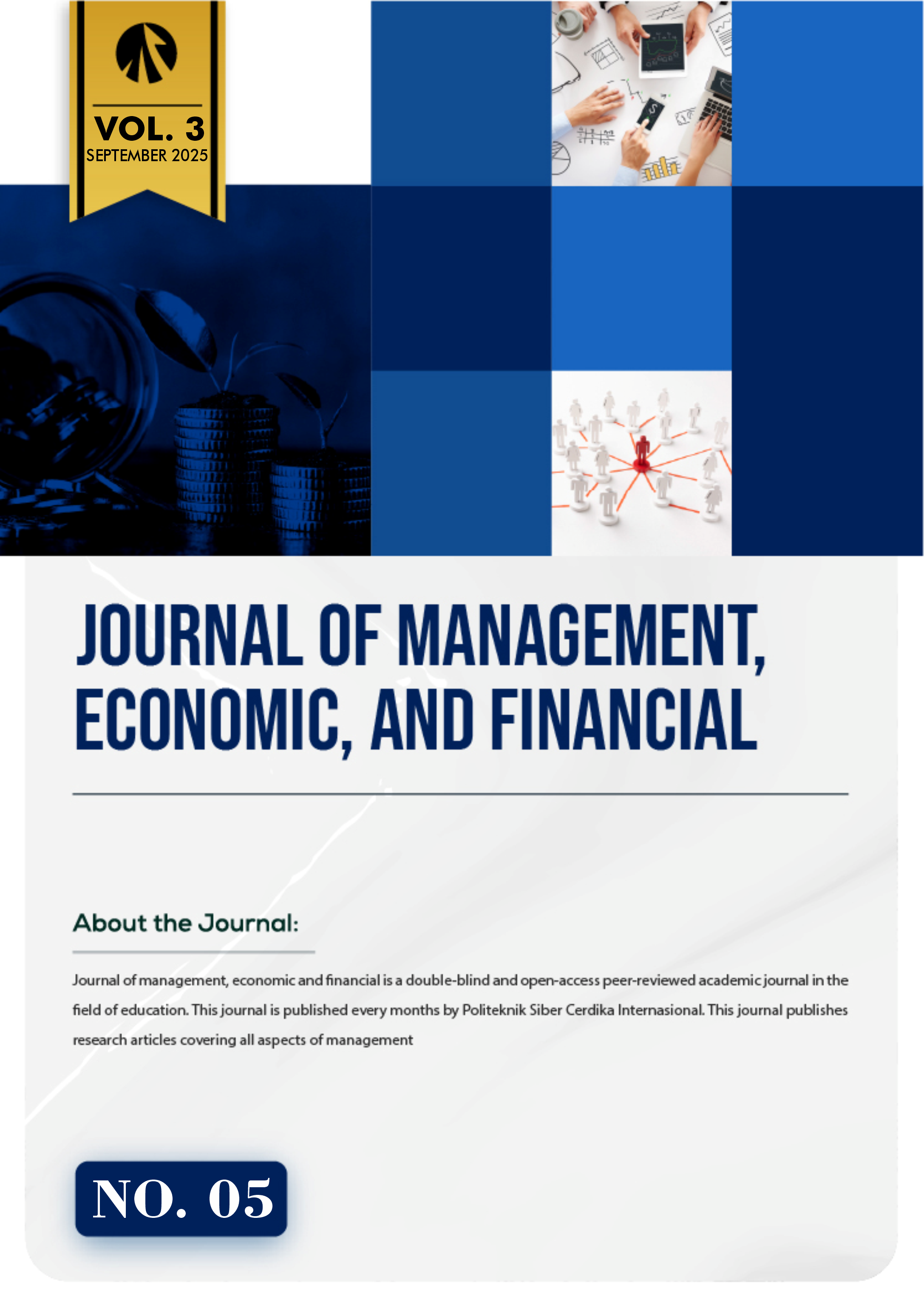Improving Understanding of Science Concepts of Human Motion System Material Using Contextual-Based Animation Media in Slow Leaner Students of Grade VI Elementary School
DOI:
https://doi.org/10.46799/jmef.v3i5.164Keywords:
Concept Comprehension, Science, Human Motion Systems, Animation Media, Contextual Learning, Slow LearnerAbstract
This research aims to improve the understanding of the concept of Natural Sciences (IPA) on human motion system materials through the use of contextual-based animation media in slow learner students in grade VI of elementary school. The research method used is class action research (PTK) with two cycles, which include the planning, implementation, observation, and reflection stages. The research subjects were a number of class VI slow learner students who had obstacles in understanding abstract concepts in science learning. Contextual-based animation media is designed to relate human movement system material to real situations that are relevant to students' daily lives, thereby facilitating the process of understanding. Data collection instruments include concept comprehension tests, observation sheets, and interviews. The results of the study showed a significant increase in students' concept comprehension scores from pre-cycle to cycle II. The use of contextual-based animation media has been proven to help slow learner students understand the material more deeply, increase learning motivation, and encourage active participation in learning. These findings recommend the use of contextual-based animation media as one of the effective strategies in science learning for slow learner students at the elementary school level.
Downloads
Published
How to Cite
Issue
Section
License
Copyright (c) 2025 Subur Riyanto, Suparno Suparno

This work is licensed under a Creative Commons Attribution-ShareAlike 4.0 International License.





